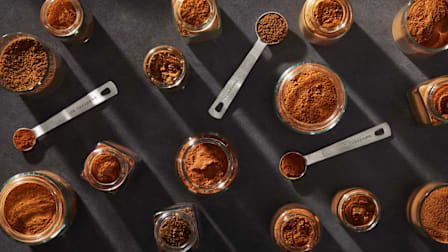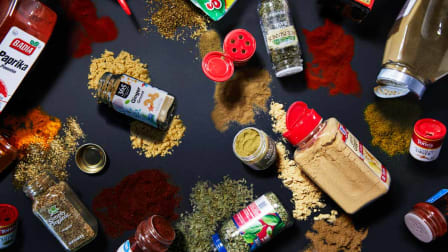CDC Lowers the Blood Lead Level That Sparks Action for Kids
Approximately 2.5 percent of 1- to 5-year-olds have a blood lead level above the new reference level, which generally prompts an investigation to find the source

During a child’s first years of life, their blood lead level is routinely checked by pediatricians. Not every child is tested, but doctors generally do blood tests for kids in high-risk ZIP codes, those on Medicaid, and those who have other risk factors, like living in an older building or having a sibling with lead exposure, says Aparna Bole, MD, a pediatrician in Cleveland and chair of the American Academy of Pediatrics’ Council on Environmental Health.
Tests that come in above a certain reference level can trigger investigations into the source of lead, lead to medical follow-up or home remediation, and help identify high-risk communities. On Oct. 28, the Centers for Disease Control and Prevention announced that—for the first time since 2012—the agency was lowering that blood lead reference level, which is used to determine which kids are most exposed to lead. It had been 5 micrograms per deciliter; the new reference level is 3.5 mcg/dL.
In many ways, this doesn’t change anything directly for parents, because any lead exposure should be avoided, Bole says. “There is no safe level of lead,” she says. But the lower limit “could help shine a light on hotspots where lead exposure remains a significant issue.”
Lowering the Blood Lead Level
The blood lead reference value is meant to identify the 2.5 percent of children exposed to the highest levels of lead in the U.S. As overall blood levels of lead have fallen, so has the number.
“Back when I was a resident, the level was 10, before that, the level was 20,” Bole says. The fact that it is now 3.5 shows how changes like removing lead from gasoline and banning lead paint in homes have dramatically reduced children’s exposure to lead in the U.S.
What Parents and Caregivers Should Know
Though the situation in the U.S. has improved considerably in recent decades, there are still many heavy metal hazards in the environment. Lead has been found in soil, some toys, ceramics, and water lines and fixtures. It’s also frequently found in paint inside homes built before 1978, when lead paint was banned. Certain industries and jobs still expose people to lead, aviation gas can contaminate soil and air near airports with lead, and lead deposits in soil still persist from leaded gasoline and exterior lead-based paint that predates the ban, especially in urban areas.
Despite that ubiquity, it’s important for families to take steps to protect kids, Breysse says. “Even low levels of lead in blood have been shown to affect learning, ability to pay attention, and academic achievement,” he says.
Many of these things require intervention beyond what parents and caregivers can do on their own, but states often have programs that can help, Bole says. Check with your local department of health or ask your pediatrician if you have questions.
Parents can also talk to their pediatrician about getting a blood lead test, because most children with lead in their blood don’t show obvious symptoms, according to Breysse.
It’s worth having older homes inspected for lead, especially before beginning a remodel or renovation that can create lead dust, according to the CDC. The agency recommends covering up chipping or peeling paint with contact paper or duct tape and cleaning frequently around windows, floors, and play areas. Wet mopping and vacuuming regularly can also help clean up lead dust, according to Bole.
Always use cold water for cooking and run water for 45 seconds before using it to get drinking water or make baby formula, according to the EPA. You should remove and rinse the small screen on your faucet—known as an aerator—every few months. If you are concerned about lead in your water system, get a water filter that’s NSF/ANSI 53 certified. Some water utilities offer free lead testing, or you can get a test sold at cost from Healthy Babies Bright Futures.
Diet can also make a difference. CR experts recommend avoiding fruit juice, which sometimes contains heavy metals, including lead. And eating a healthy diet overall can help, according to Bole.
It’s important to make sure kids are getting enough nutrients, including vitamin C, calcium, and iron, she says. Nutrition affects brain development, and iron-deficient children are more likely to absorb lead. The general advice pediatricians give for encouraging healthy brain development, like reading to kids and sending them to preschool, can help brains develop resilience and counter the effects of potential exposure, she says.




















